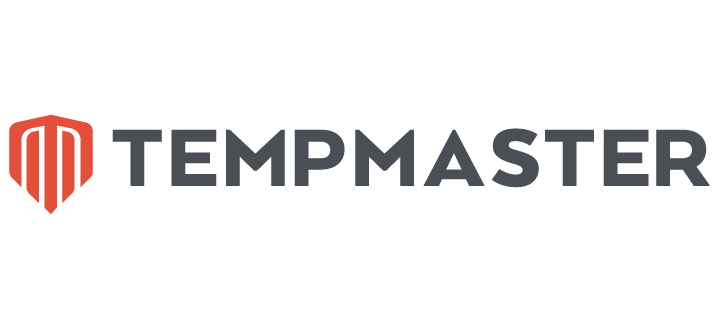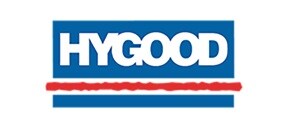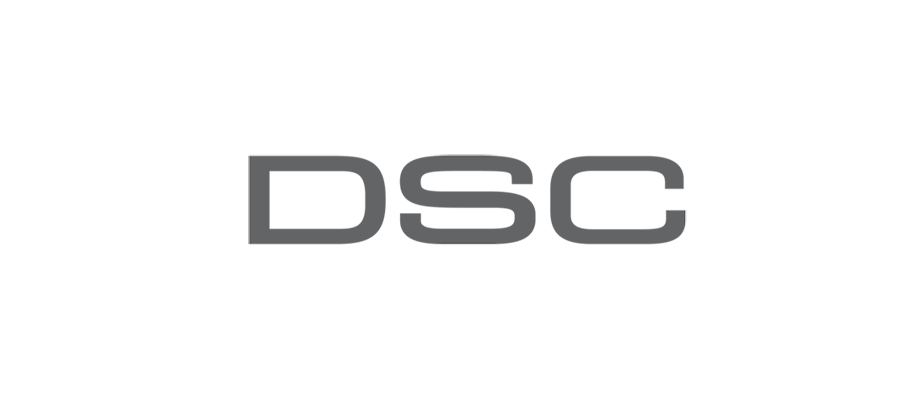- Johnson Controls
- Insights
- Understanding the Value of Cloud Metrics
Understanding the Value of Cloud Metrics
Cloud technology is here for today and the foreseeable future. A commanding knowledge of cloud metrics is critically essential to the success of your cloud offering.

By Homer Enriquez, Tyco Kantech hattrix North American Sales Manager, Johnson Controls
Cloud technology is the physical security industry’s future foundation, and, in order to position yourself for the most lucrative migration in our industry’s history it’s imperative that one achieve a commanding understanding of cloud metrics. Several factors play a key role in successfully leveraging cloud technology:
- Having a command knowledge of cloud metrics and its associated mindset
- The operational sustainability of your cloud offering
- Simplified messaging that aligns with the ease-of-use your cloud offering provides
- Sales strategies that transition from selling a product to selling a service
- Understanding cloud technology’s bi-directional impact to your business
Successful sales of cloud services require a strategy of simplifying the message to your customers. And, it actually goes a bit further than that, where successful sales of cloud services also requires simplifying the conversation.
Cloud Metrics
Cloud technology is here for today and the foreseeable future. A commanding knowledge of cloud metrics is critically essential to the success of your cloud offering. Furthermore, with 80% of companies already calculating ROI for cloud initiatives currently in process, walking into a conversation that is already taking place requires an understanding of the mindset and drivers that are motivating migration to the cloud in order to take part in that conversation.
There are several cloud-metrics used to gauge the value of a cloud offering:
- Business agility
- Efficiency
- Ease-of-use
- Risk mitigation
- User experience
- Capital expenditure reduction
- Predictable operating costs
- Performance and response time
- Availability versus recovery SLA
- Degree of service responsiveness
- Throughput
- Rapid elasticity
Operational Sustainability
Operational sustainability is a core requirement of any business. It means 24/7 working conditions. You must be able to demonstrate that your cloud offering will eliminate downtime associated with upgrades, updates, and planned maintenance. It must provide inherent disaster recovery and redundant systems to mitigate risk and to ensure business continuity. It should have the ability to navigate around any disruption of operational processes. To achieve the goal of operational continuity, businesses are choosing cloud solutions with redundant platforms. Cloud strategies focus on operational sustainability to establish and maintain a competitive advantage, reduce risk, and increase productivity.
Simplified messaging that aligns with the ease-of-use your cloud offering provides
Successful sales of cloud services require a strategy of simplifying the message to your customers. And, it actually goes a bit further than that, where successful sales of cloud services also requires simplifying the conversation. This is one of those areas that is extremely simple to achieve yet often people make this effort more complicated than it needs to be. Here’s the key… ask questions and listen. Our industry is notorious for talking our way out of an easy sale. Here’s a great three-step program to help with the process:
- Step one – Understand your customer’s objective and what their current pain points are. Listen to them and stop trying to tell them about all the feature sets of your product before you’ve given them a chance to show you the easy path to winning them over.
- Step two – Understand why they have said objective. While they probably already know what their objective is, they probably don’t associate that with business outcomes. Solving “A” may ultimately provide increased efficiency, reduced risk, or greater productivity. Developing the ability to gently guide the conversation to business outcomes and steer the conversation down a thought process that educates/enlightens your customer lets them know you’re listening to them.
- Step three – Frame technical features in non-technical terms. Here’s an example: “Our product, per access control door, consumes X amount of bandwidth over X amount of time and has a latency rate of X which is an incredible feature.” How about this approach instead: “Our system operates in real-time and takes up very little bandwidth.” Relay information simply and your sales process will in turn be simple.
Sales Strategies
Incorporating a relevant sales strategy for your sales team and actively participating in that process is a core requirement. Creating and providing hands-on, in-person sales training that transitions a sales team from selling a product to selling a service and using assumptive closes all must be accompanied by a clear top-down directive that cloud technology is the new business model with 100 percent buy-in, without exception. This is a prerequisite for the successful sales of your cloud offering. This transition empowers the sales team to speak the cloud technology language which today’s business world speaks. Your customers and opportunities are already accustomed to cloud technology and the simplified messaging your sales team masters caters to the business world of today and tomorrow. Cloud technology is now ubiquitous, and our industry is just starting to gain momentum, which is fueled by cloud migration. It’s critical to train your sales team to succeed.
Understanding cloud technology’s bi-directional impact to your business
Recurring Monthly Revenue (RMR): The sum of monthly fees paid by every customer is used to calculate the RMR. This is unquestionably one of the most crucial metrics to be tracked over time because once a new customer is acquired there is no additional infrastructure cost. As the number of customers grows, the cost of that infrastructure, per customer, continues to fall making profitability rise at an increasing rate. Generally, RMR is a very predictable and major source of ongoing revenue for today’s technology savvy security services providers. Over time, a cloud technology RMR engine will enable the provider to adopt a more aggressive pricing strategy and, when competing with companies that haven’t positioned themselves in the same manner, will find themselves winning bids more often.
Estimates and current models still forecast cloud-based technology will comprise more than 50 percent of all access control sales for the access control segment by the end of 2027. Given this trend, it’s a natural assumption that research and development resources will slowly shift to cloud-based technology for access control because it will provide the greatest ROI. At this point the gap between those with a cloud driven RMR engine and those without will widen quickly. Which side of this migration you find yourself on will be determined by the decisions you make today.
Establish a competitive advantage with hattrix
The success achieved with the hattrix platform has been most impacted by deconstructing the relationship approach and formulating a 360-degree sales enablement suite of tools and resources which greatly helps our partners and their sales teams succeed. hattrix is one of the most comprehensive partner development and support programs in our industry and our partners are among the industry’s highest producing and take an active role in helping drive our roadmap, development, and innovation.
Being a part of hattrix protects your personnel and mission critical facilities to deliver operational sustainability and business agility. If you would like to further discuss how our innovation achieves business outcomes such as reduced risk, greater efficiency and higher profitability please contact Homer Enriquez at homer.enriquez@jci.com or click here to learn more about how the hattrix cloud access control platform can help your business become smarter and safer.
































































